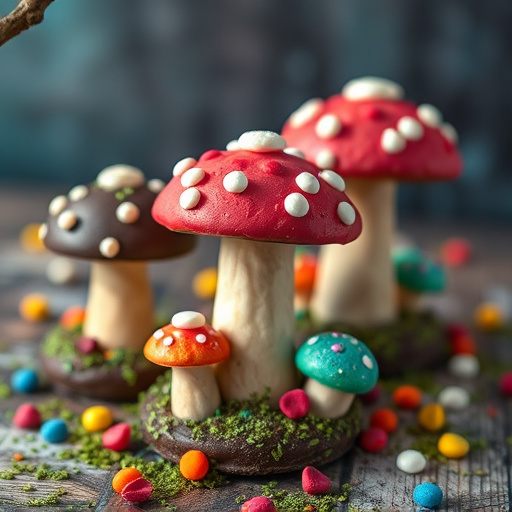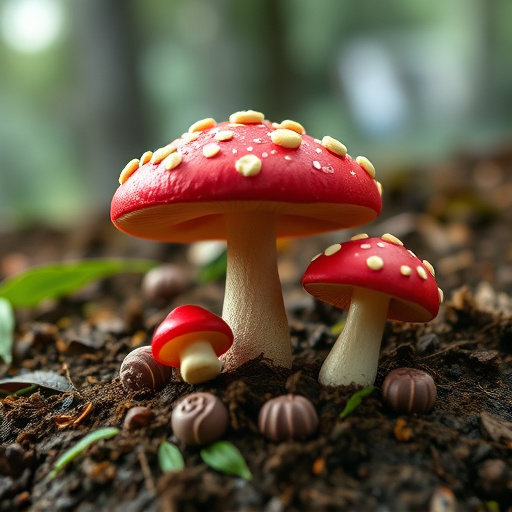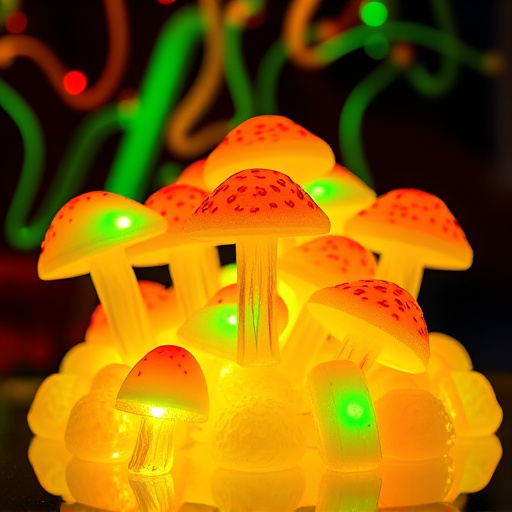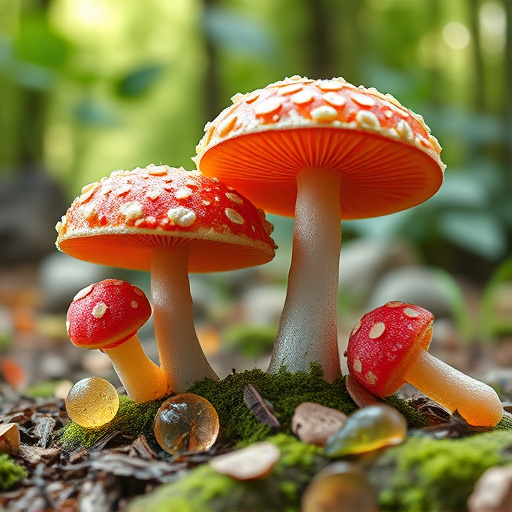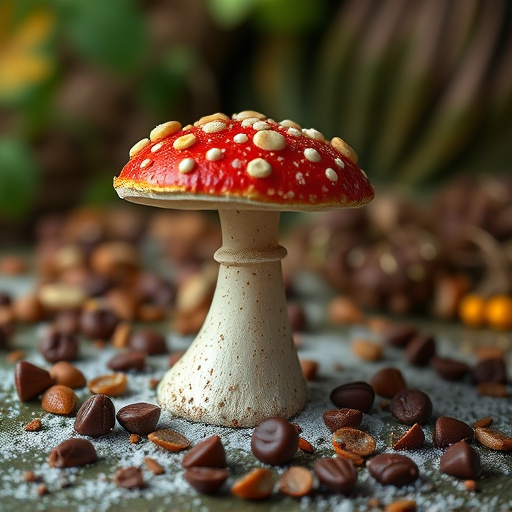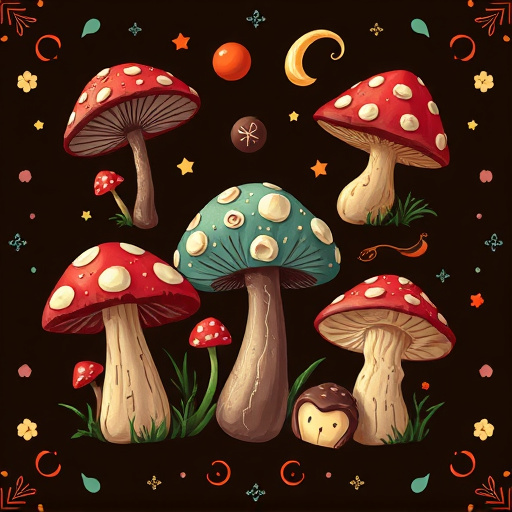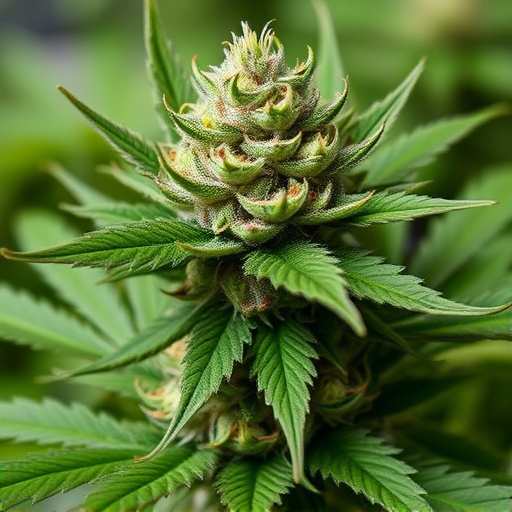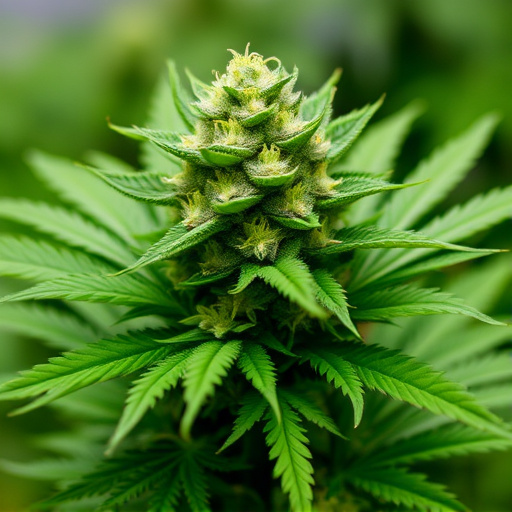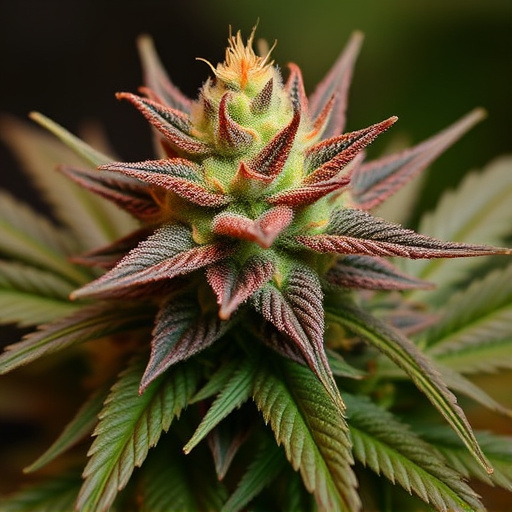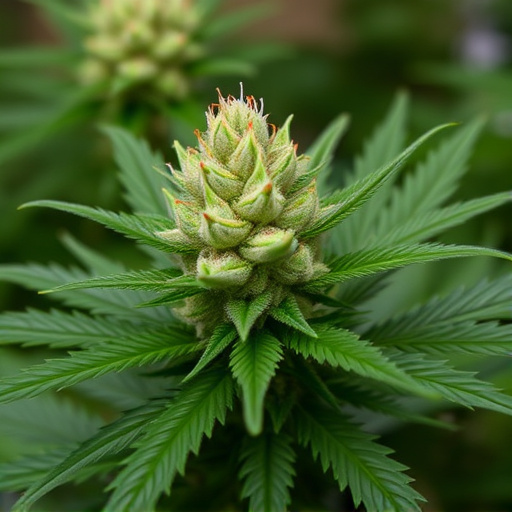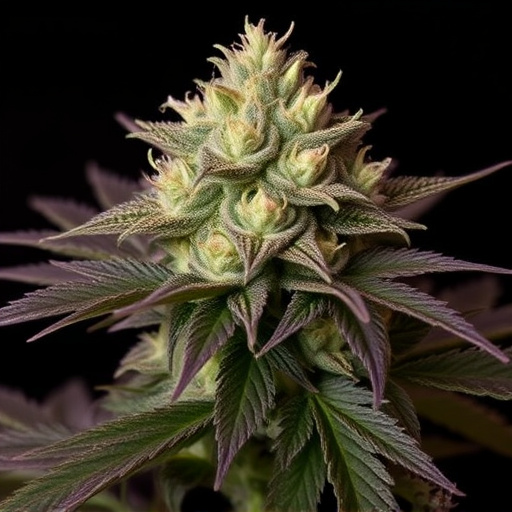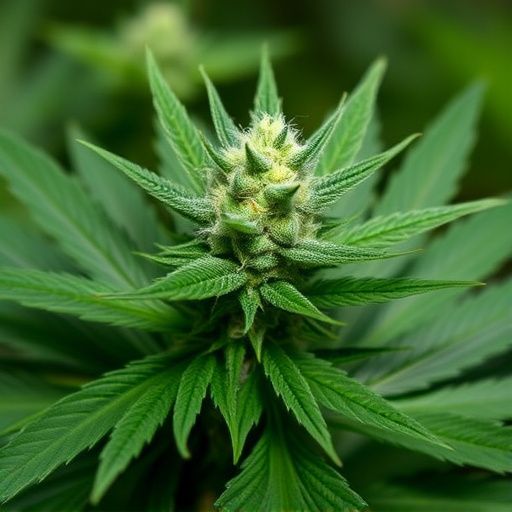Cannabis genetics play a pivotal role in shaping the plant's unique characteristics, especially its coloration, through specific chemical compounds and mutations. The "top ten cannabis strains 2016" exemplifies this diversity, featuring varieties with distinct purple, red, and blue hues driven by flavonoids and terpenes. These compounds not only determine floral structure but also contribute to the plant's aroma, therapeutic effects, and health benefits. The genetic diversity of cannabis continues to inspire exploration in strain cultivation, making it a fascinating subject for study in the dynamic cannabis research field.
Uncover the captivating world of colored cannabis, where genetic diversity and environmental factors intertwine to create stunning variations. This article delves into the science behind the vibrant hues that have captivated both cultivators and enthusiasts since 2016. From the classic Blue Dream to the enigmatic Strawberry Cough, we explore the top ten cannabis strains known for their unique colors. Understanding the role of terpenes, flavonoids, and genetics reveals the secrets behind these rare treasures, shedding light on the art and science of cannabis cultivation.
- Understanding Cannabis Genetics and Pigmentation
- – A brief overview of cannabis genetics
- – The role of terpenes and flavonoids in color variation
Understanding Cannabis Genetics and Pigmentation
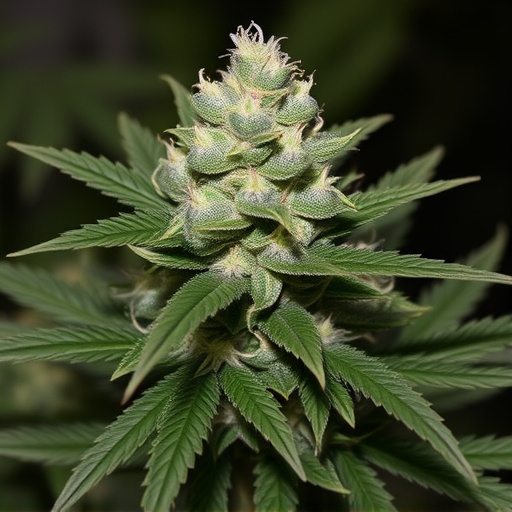
Cannabis genetics play a pivotal role in determining the plant’s unique characteristics, including its pigmentation. The vibrant colors associated with purple, red, and blue weed are not random but rather the result of specific chemical compounds and genetic mutations. These colors serve as visual indicators of the plant’s potential effects and quality. Understanding cannabis genetics is essential for cultivators aiming to create new strains or enhance existing ones, especially when it comes to the top ten cannabis strains of 2016 and beyond.
The pigmentation variations in cannabis are largely attributed to two primary groups of compounds: flavonoids and terpenes. Flavonoids are responsible for hues ranging from red to blue-violet, while terpenes contribute to the overall aroma and potential therapeutic properties. Certain genetic traits can amplify these compounds, leading to striking color variations. For instance, the presence of anthocyanins, a type of flavonoid, can cause leaves to turn purple or red, especially under specific environmental conditions. Cultivators have been selecting and breeding plants with desirable genetic traits for years, resulting in a diverse range of strains known today as the top ten cannabis strains favored by many in 2016 and continuing to evolve.
– A brief overview of cannabis genetics

Cannabis genetics play a crucial role in the diverse range of colors and effects found in this multifaceted plant. The unique combinations of genes dictate the plant’s physical appearance, including its floral structure and pigment production. These genetic variations lead to the stunning array of colors that can be observed in cannabis flowers, from vibrant purples and intense reds to rich blues and even multicolored hues.
The top ten cannabis strains of 2016, as recognized by various industry experts, showcased an impressive variety in terms of both genetics and visual appeal. Strains like “Granddaddy Purple,” known for its deep purple tones and potent effects, highlight the impact of specific genetic traits. Similarly, other renowned varieties displayed striking red or blue undertones, further emphasizing the complex interplay between genes and pigmentation. This genetic diversity is what keeps cannabis enthusiasts intrigued and drives the continuous exploration of new strains in the ever-evolving landscape of cannabis cultivation.
– The role of terpenes and flavonoids in color variation
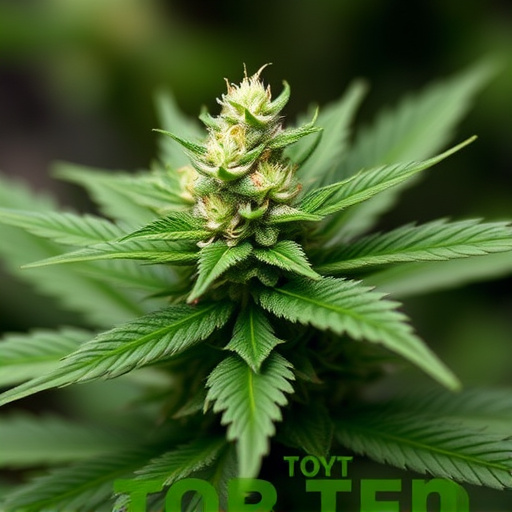
The vibrant colors associated with weed, ranging from deep purple to fiery red and azure blue, are not random but rather a result of complex chemical compounds within the plant, specifically terpenes and flavonoids. These natural substances play a pivotal role in the visual diversity we see among cannabis strains. Terpenes, known for their aromatic properties, also contribute to the unique flavors and potential therapeutic effects of different strains. For instance, myrcene, one of the most abundant terpenes in cannabis, is linked to sedative and anti-inflammatory properties, often making it a sought-after component in various medicinal applications.
Flavonoids, on the other hand, are responsible for the plant’s pigment and antioxidant qualities. They contribute to the overall health benefits associated with cannabis consumption. The interaction between terpenes and flavonoids creates a complex chemical dialogue within the plant, leading to the top ten cannabis strains of 2016 (and beyond) showcasing stunning color variations that captivate both cultivators and enthusiasts alike. This intricate interplay not only adds aesthetic appeal but also hints at potential therapeutic benefits, making the exploration of these compounds an exciting area of study in the ever-evolving world of cannabis research.
In exploring what causes purple, red, and blue weed, we’ve discovered that these striking colors are rooted in cannabis genetics and the interplay of terpenes and flavonoids. This natural diversity not only adds visual appeal but also contributes to the unique experiences offered by various strains. As highlighted in the top ten cannabis strains of 2016, these pigment variations can significantly impact flavor, aroma, and even potential therapeutic effects, making each strain a fascinating study in botanical complexity.

